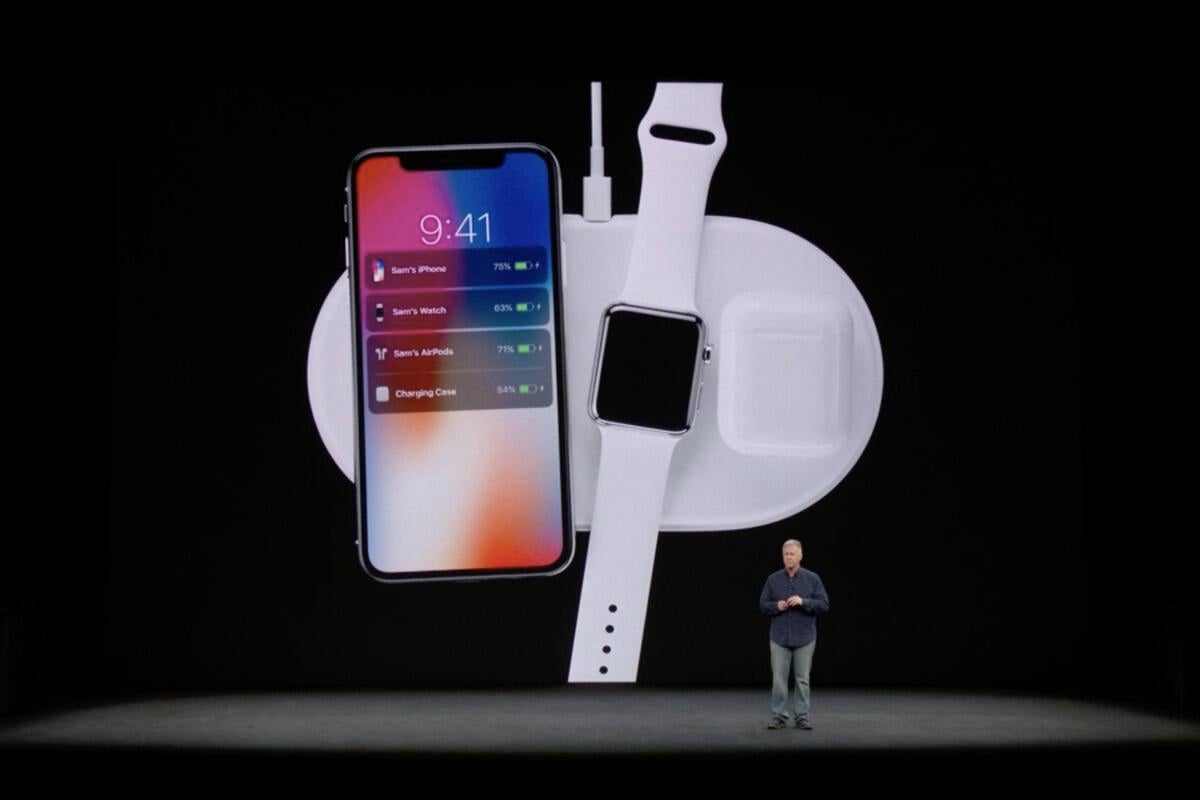
Apple’s $600 million Dialog Semiconductor part-acquisition sees key patents and personnel join the larger company, potentially including cutting-edge wireless power technologies for use in highly portable wearable devices.
AirPower
We know Apple has been investing deeply in wireless power technologies. It even announced that it would improve the existing Qi wireless system when it announced the ill-fated AirPower system at WWDC 2017.
We also know that Apple has previously worked with Energous, developers of the FDA-approved WattsUp remote wireless charging system and that it acquired another power firm, Power By Proxi in October 2017.
What does this have to do with the latest Dialog Semi news? Quite a lot, I think, read on:
Take a look at the deal
The $600 million Apple/Dialog deal covers the license of certain Power Management Integrated Circuit (PMIC) technologies from Dialog to Apple.
As I understand what’s been disclosed so far, the deal means:
- Apple will develop its own PMIC technologies for future iPhones, iPads and the Apple Watch.
- The deal includes the transfer of certain assets and employees to Apple and pre-payment for future product purchases.
- Three hundred (around 16 percent) of Dialog’s existing employees will transfer to Apple, from Italy, the UK and Germany.
- Apple will take over some facilities in those countries. (In 2011, Dialog had just 573 employees worldwide, including 367 in R&D.)
- Apple has also agreed future contracts for the development and supply of power management, audio subsystem, charging and other mixed-signal integrated circuits.
What is interesting about those new contracts is that these are:
“Expected to be realized starting in 2019 and accelerate in 2020.”
“Dialog has deep expertise in chip development, and we are thrilled to have this talented group of engineers who’ve long supported our products now working directly for Apple,” Apple's hardware SVP Johny Srouji said in a statement. “Our relationship with Dialog goes all the way back to the early iPhones, and we look forward to continuing this long-standing relationship with them.”
Let’s play join the dots
It may be time for a little conjecture:
We all think we know that Apple is developing new product platforms for introduction starting around 2020/21. These are thought to include VR glasses and some take on an Apple Car.
We also anticipate Apple will continue to develop new wearables and (I suspect) wants to extend its messages around health and accessibility. Think about Live Listen support in AirPods as an example of this – these small steps for most of us are huger steps for those of us who are not given the benefits most take for granted.
Power and battery life are some of the big problems faced by manufacturers of wearable systems.
Existing AR glasses systems tend to be way too bulky -- they simply don’t look like technologies normal humans want to wear, certainly not in public
Apple, Dialog, Energous
Apple’s now even closer partner, Dialog Semiconductor, is a big investor in Energous.
(While it may not be related, Energous shares tumbled 5.83 percent yesterday as the deal between Apple and Dialog was announced.)
Indeed, Dialog and Energous appeared together at Mobile World Congress this year to showcase Energous’ WattUp technology.
In December, Dialog and Energous announced the WattUp Mid Field over-the-air wireless charging transmitter had received FCC certification. This can charge devices wirelessly at distances of up to one-meter.
Sources, including a Tweet from Energous and a news report seem to show WattUp technology inside an FDA-approved wirelessly charged hearing aid from Korea’s Delight (a subsidiary of Daewon Pharm Co. Ltd). Delight’s website is currently offline, though reports suggest it intended to ship the product late 2018 in the U.S.
Dialog says it plans use its “strong balance sheet” to “support strategic growth initiatives, including mergers and acquisitions.” It will focus on the IoT, mobile, automotive and computing and storage markets
What if?
What if the technologies, component development skills and engineering expertise Apple is acquiring under this deal relate to wireless power and power management?
If that is the case, then bringing these technologies in-house can only benefit the company overall – it now develops (or contributes to the development) of nearly every single critical used in its devices: it makes the A-series processor, the GPU, has stakes in memory controllers and more.
Bringing power management and wireless charging expertise in-house means Apple will be able to deploy its legendary engineering efficiencies in order to optimize power management and performance (including graphics performance) on its devices.
This kind of high level optimization between components, systems and processors will prove to be an essential requirement in order to create new breed wearables that can function at peak performance even if their power supply is wireless.
Within this highly speculative context it makes sense for Apple to take possession of key IP in order to take control of such technology.
What might it call such a solution, capable of delivering wireless range-based power to future iPhones, iPads, Apple Watch and other devices? At the risk of being facetious, Apple already trademarked it.
Got a story? Please drop me a line via Twitter and let me know. I'd like it if you chose to follow me so I can tell you about new articles I publish and reports I find.
Google+? Hopefully you are already part of AppleHolic's Kool Aid Corner community, but as Google is closing its social network soon, please also follow me on Twitter and join me in testing the brand-new MeWe group, AppleHolic’s bar & grill.
https://www.computerworld.com/article/3313316/mobile-wireless/apple-seizes-power.htmlBagikan Berita Ini














0 Response to "Apple seizes power"
Post a Comment